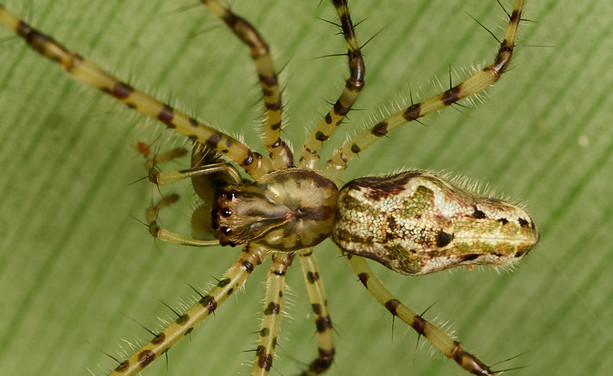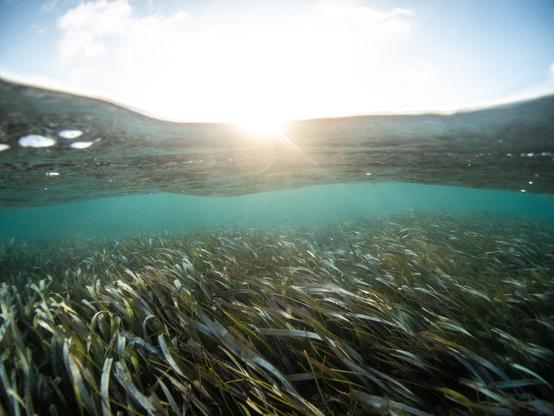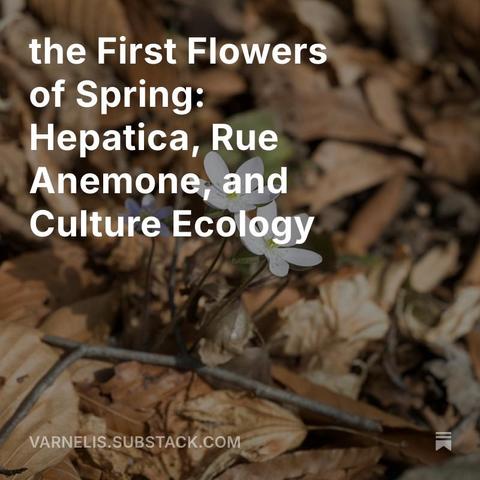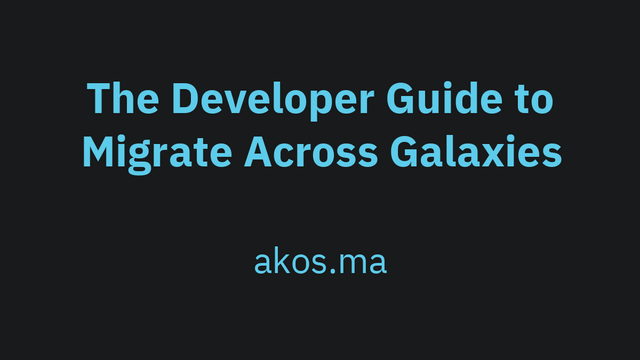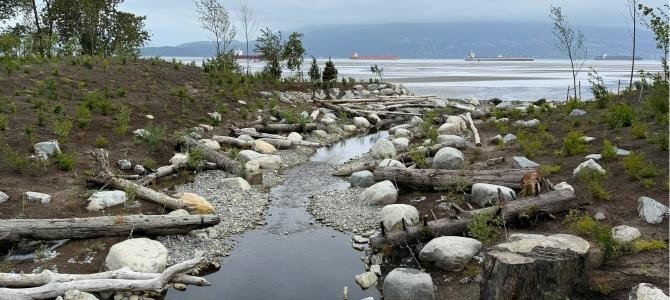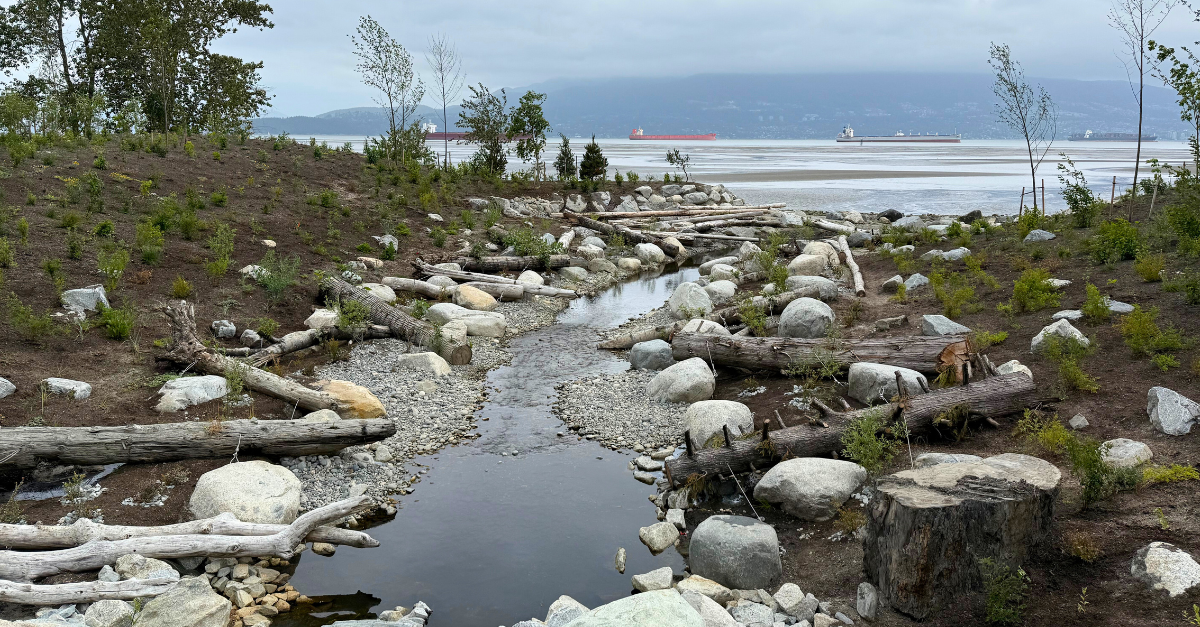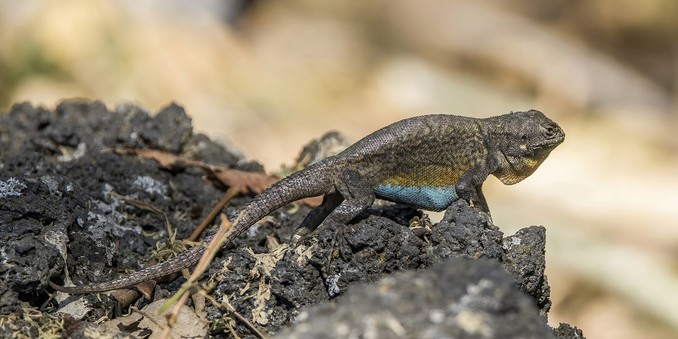Steps towards an Ecology for the Internet
Anil Madhavapeddy, Sam Reynolds, Alec P. Christie, David A. Coomes, Michael W. Dales, Patrick Ferris, Ryan Gibb, Hamed Haddadi, Sadiq Jaffer, Josh Millar, Cyrus Omar, William J. Sutherland, Jon Crowcroft
https://arxiv.org/abs/2506.06469
We have a contender for leaf blowers in the category of stupid, harmful and pointless appliances. Using oil-powered string trimmer to cut the single blades of grass from between paving stones on a train platform. Noise, stench and almost zero efficiency.
#ecology
When Trackers Date Fish: A Benchmark and Framework for Underwater Multiple Fish Tracking
Weiran Li, Yeqiang Liu, Qiannan Guo, Yijie Wei, Hwa Liang Leo, Zhenbo Li
https://arxiv.org/abs/2507.06400
Long-range dispersal promotes spatial synchrony but reduces the length and time scales of synchronous fluctuations
Davi Arrais Nobre, Karen C. Abbott, Jonathan Machta, Alan Hastings
https://arxiv.org/abs/2506.08304
I wrote a brief essay on hepaticas and rue anemones and their roles in cultural ecology.
Analysis of Reaction-Diffusion Predator-Prey System under Random Switching
Nguyen H. Du, Nhu N. Nguyen
https://arxiv.org/abs/2507.06491 https://arxiv.org/pdf/2507.06491 https://arxiv.org/html/2507.06491
arXiv:2507.06491v1 Announce Type: new
Abstract: This paper investigates the long-term dynamics of a reaction-diffusion predator-prey system subject to random environmental fluctuations modeled by Markovian switching. The model is formulated as a hybrid system of partial differential equations (PDEs), where the switching between different ecological regimes captures the randomness in environmental conditions. We derive a critical threshold parameter that determines whether the predator species will eventually go extinct or persist. We further characterize the system's asymptotic behavior by providing a detailed pathwise description of the omega-limit set of solutions. This analysis reveals how the effects of random switching shape the distribution and long-term coexistence of the species. Numerical simulations are provided to validate and illustrate the theoretical findings, highlighting transitions between different dynamical regimes. To the best of our knowledge, this is the first work that rigorously analyzes a spatially diffusive predator-prey model under Markovian switching, thereby bridging the gap between spatial ecology and stochastic hybrid PDE systems.
toXiv_bot_toot
IdentityByDescentDispersal.jl: Inferring dispersal rates with identity-by-descent blocks
Francisco Campuzano Jim\'enez, Arthur Zwaenepoel, Els Lea R De Keyzer, Hannes Svardal
https://arxiv.org/abs/2507.06964
"Objective-C is a West Coast language. Objective-C is a hippie. You throw stuff at it and it just trusts you. “Peace maaaaaannn… if you say this is an NSArray I believe you…” and it leans back in its armchair, smoking weed, listening to Marley, Floyd, Doors, or Janis, looking at you with deep eyes, telling you stories about Buddhism and how important is ecology, and that tonight they are going to a retreat in the beach to pray for Yemanjš and the salvation of dolphins."
Yesterday I got for myself the #book "The Ecology of Freedom" (a Spanish translation, I quite liked this particular edition  ).
).
#books
Of lynxes and limetrees: New Insights into the Historical Ecology of the Bavarian Forest on the Threshold of Modernity
Bettina Haas, Markus Gerstmeier, Ricarda Huter, Malte Rehbein
https://arxiv.org/abs/2507.02512
Newly daylighted Canyon Creek brings lost habitat back to Spanish Banks
A long-hidden urban stream in Spanish Banks Beach Park has been brought back to the surface thanks to efforts by the Vancouver Board of Parks and Recreation.
Local Nations, community members and elected officials gathered today to celebrate the public opening of Canyon Creek, a previously buried waterway that ran through Pacific Spirit Regional Park and under the western parking lot at Spanish Banks

